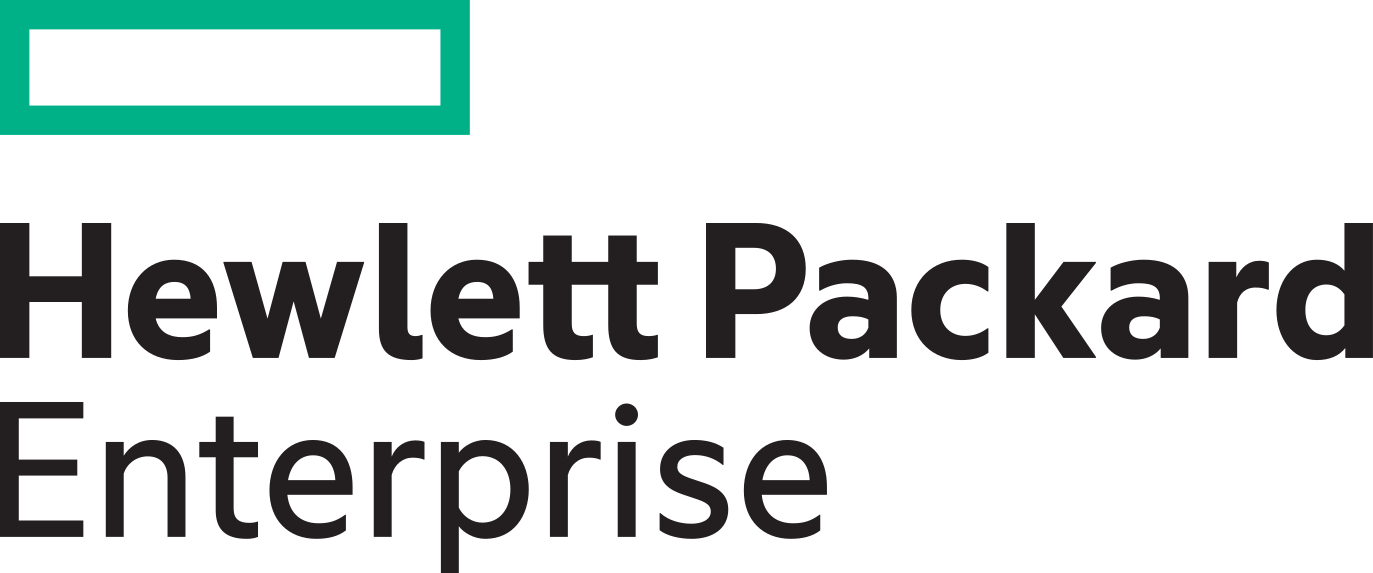End-of-Life Equipment Support
As part of this ongoing evolution, certain products, including software versions and hardware lines, will reach the end of their lives.
Our goal is to provide straightforward product lifecycle policies that help customers better design, deploy, and manage their IT investments and upgrades.
There are many reasons why products eventually reach the end of their product life cycle. These reasons may include market demand, replacement by next generation products, component availability or technology changes. ITCGR understands that when a product reaches its end of life stage, customers will have concerns as to how the product will be supported.
As long as the product is under warranty, ITCGR will continue to provide new features, enhancements, bug fixes, software version updates and correct hardware defects with either repair or replacement up until the EOD date. After EOD date, as long as the product remains under a valid warranty, we will use commercially reasonable efforts, and at its discretion, to provide software and hardware support until the EOL date.
We are working with
We are working side by side with hardware vendors, distributors, resellers and data centers.
Key Milestones
There are four key milestones associated with the EOL process. The product EOL cycle is defined, in the order below
End-of-Sale Announcement (EOSA)
ITCGR will give notice on its public website that it intends to discontinue sales of a product. The announcement will include an End-of-Sale date, which will be six (6) months after the EOSA date.
End-of-Sale (EOS)
fter this date, EOS products will not be available for purchase. Notwithstanding the foregoing, ITCGR may continue to accept orders if it has stock of such products and it is commercially viable to do so; however, support will only be offered in accordance with either this EOL policy or such other terms as ITCGR may advise the customer. The EOS date will be six (6) months after the EOSA date.
End-of-Development (EOD)
Once a product reaches EOD, ITCGR will identify the last compatible software version for that product. ITCGR does not guarantee future software releases will be compatible with EOD products. The EOD date will be one (1) year after the EOS date.
End-of-Life (EOL)
After this date, ITCGR will not provide technical support services, including but not limited to configuration assistance, license deregistration, software upgrade/downgrade assistance, software bug fixes or hardware repair services on the EOL product. This date will be four (4) years after the EOD date or five (5) years after the EOS date, whichever is earlier.










